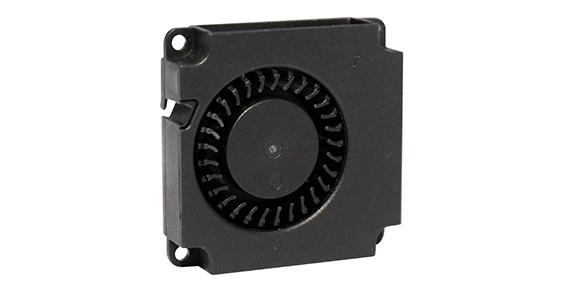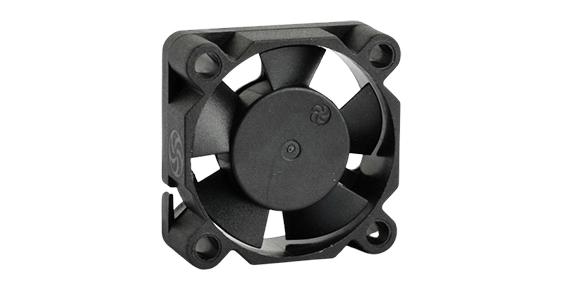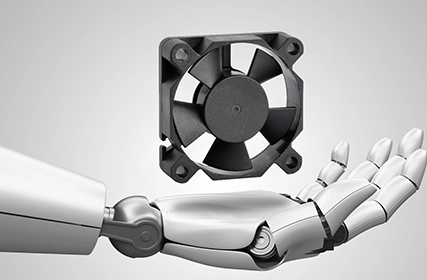When it comes to cooling systems, two types of fans often come into play: axial cooling fans and centrifugal fans. While they both serve the purpose of generating airflow, they differ in design and functionality. In this article, we will explore the differences between axial fans and centrifugal fans, shedding light on their unique characteristics and applications. So, let's dive in and uncover the distinctions between these two vital components of cooling systems.
Understanding axial cooling fans
Axial fans, also known as axial flow fans, are designed to move air parallel to the fan's axis in a straight line. These fans feature a cylindrical housing with blades arranged in a circular pattern. As the blades rotate, they draw air in through the front and expel it out through the back, creating a consistent and linear airflow. Axial fans are known for their high airflow capacity and relatively low pressure generation.
Understanding centrifugal fans
On the other hand, centrifugal fans, also referred to as radial fans or blowers, operate differently. Instead of moving air parallel to the axis, centrifugal fans draw air in axially and then redirect it perpendicular to the axis, generating a radial flow pattern. These fans consist of a housing, an impeller with blades, and a motor. As the impeller rotates, it propels the air outward, creating a swirling motion and generating higher pressure than axial fans.
Distinguishing factors between axial cooling fans and centrifugal fans
Airflow Direction and Pattern:
The most notable difference between axial cooling fans and centrifugal fans lies in their airflow direction and pattern. Axial fans move air in a straight line along the fan's axis, whereas centrifugal fans redirect the air in a radial pattern.
Pressure Generation:
Axial cooling fans are better suited for applications requiring high airflow, but they generate relatively low pressure. Centrifugal fans, on the other hand, are designed to generate higher pressure, making them suitable for situations where air needs to be forced through ducts, filters, or heat exchangers.
Space Efficiency:
Axial cooling fans are generally more compact and have a slimmer profile compared to centrifugal fans. This makes them a preferred choice in applications where space is limited, such as in compact electronic devices or tight ventilation systems.
Noise Levels:
Centrifugal fans tend to be quieter compared to axial cooling fans, thanks to their design and the redirection of airflow. The swirling motion created by the impeller blades helps to reduce noise levels, making centrifugal fans a popular choice for noise-sensitive environments.
In summary, axial cooling fans and centrifugal fans are two distinct types of fans used for different purposes. Axial fans provide high airflow but lower pressure, making them suitable for applications where moving large volumes of air is crucial. Centrifugal fans, on the other hand, generate higher pressure and are ideal for situations where air needs to be forced through ducts or where higher resistance is encountered. Understanding the differences between these fans allows for informed decisions when choosing the right cooling solution for specific applications.

 EN
EN  +
+
 +
+
 +
+



